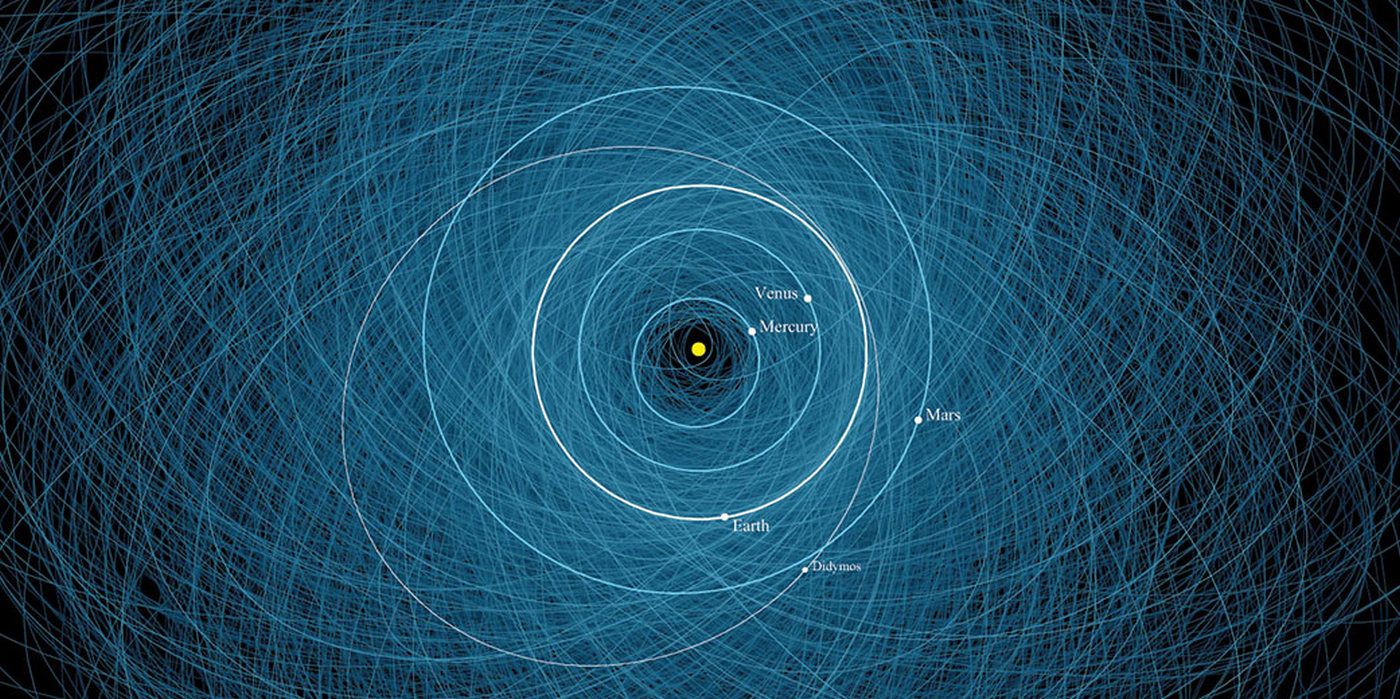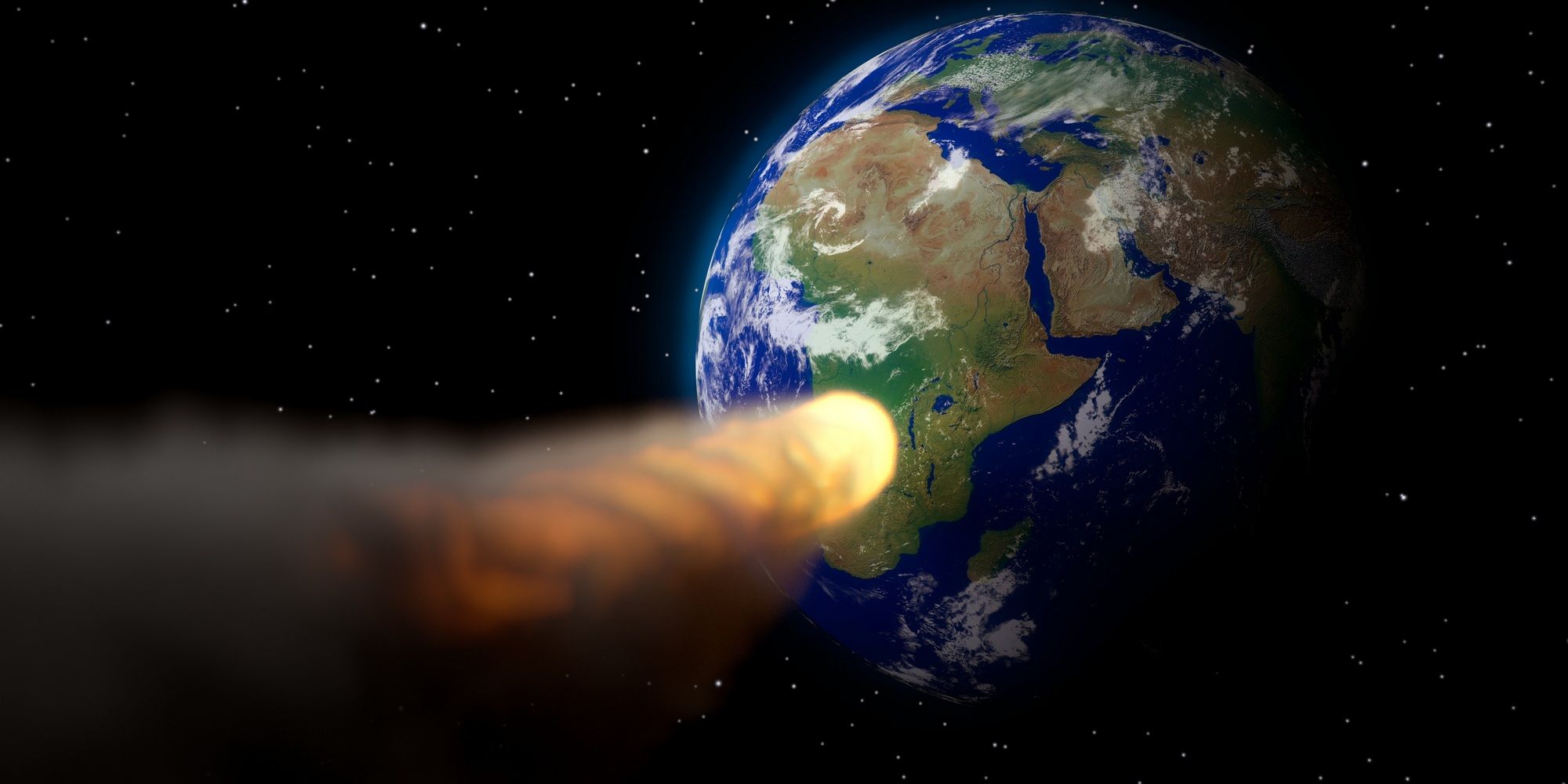Sentry-II, NASA's newest asteroid monitoring system, has gone live and is now assessing the impact risk associated with thousands of near-Earth asteroids (NEAs). Sentry-II takes over from the first-generation impact risk assessment software, Sentry, initially deployed in 2002. It was tasked with monitoring the entire NEA catalog to assess possibilities of future impact with Earth over the next 100 plus years. While the system was cutting-edge for twenty years ago, it had a few limitations that scientists expect to address with Sentry-II.
NASA has been prepping its planetary-defense mechanism to thwart any possibility of an asteroid impact in the future. Towards that end, the agency is planning to test an Armageddon-style defense strategy by crashing a spacecraft into an asteroid to see if that can alter the latter's trajectory. This will offer researchers an insight into whether this strategy can be relied upon to prevent an asteroid from crashing into earth in case there is an actual emergency in the future. Named DART, or Double Asteroid Redirect Test, the mission launched successfully from California's Vandenberg Space Force Base on Nov. 24, 2021. It is expected to ram into its target asteroid Dimorphos in late 2022.
Sentry-II is NASA's next-generation asteroid monitoring algorithm that the agency says is designed to better evaluate the impact risks associated with tens of thousands of near-Earth asteroids. It will be operated by the Center for Near-Earth Object Studies (CNEOS), managed by NASA's Jet Propulsion Laboratory (JPL) in Southern California. According to the agency, the CNEOS monitors "every known NEA orbit" to better evaluate impact risks. The body also observed and analyzed the data from the original Sentry, so it is just a natural transition to the new algorithm. However, the new system will also include additional scenarios not captured by its predecessor.
28,000 Near-Earth Asteroids Have Already Been Identified
As explained by NASA in its press release, telescopes scanning space have already identified around 28,000 near-Earth asteroids. Around 3,000 more are reportedly being added to that list every year as newer and more powerful telescopes are pressed into action. At least some of these objects could potentially prove to be a threat to planet earth at some stage, which is what Sentry-II is expected to identify so that NASA gets a realistic chance to mitigate it.
Calculating the path of asteroids and speculating on whether they could hit the earth several decades from now is a challenging task at the best of times. However, the Sentry helped NASA do that fairly accurately over the past couple of decades. According to navigation engineer Javier Roa Vicens who worked on Sentry-II before moving to SpaceX, Sentry's calculations were "based on some very smart mathematics" that allowed it to "reliably get the impact probability for a newly discovered asteroid over the next 100 years." The Sentry-II is expected to carry on the excellent work of its predecessor and add invaluable new input that should prevent present-day earthlings from meeting the same fate as dinosaurs.
Source: NASA


